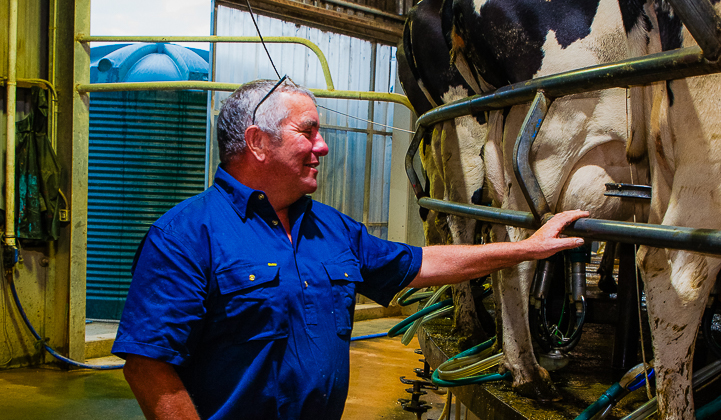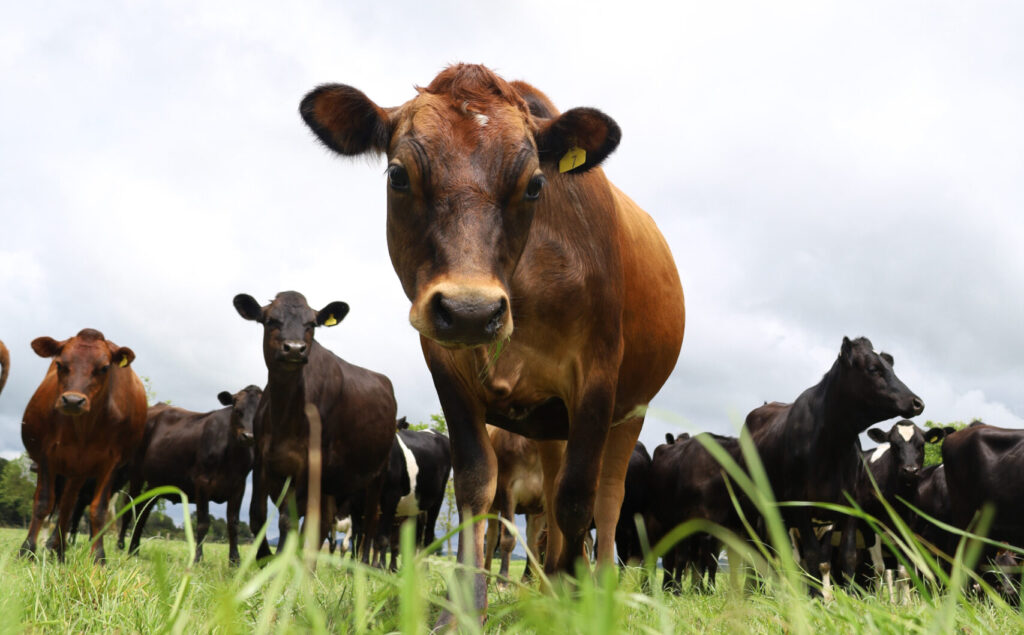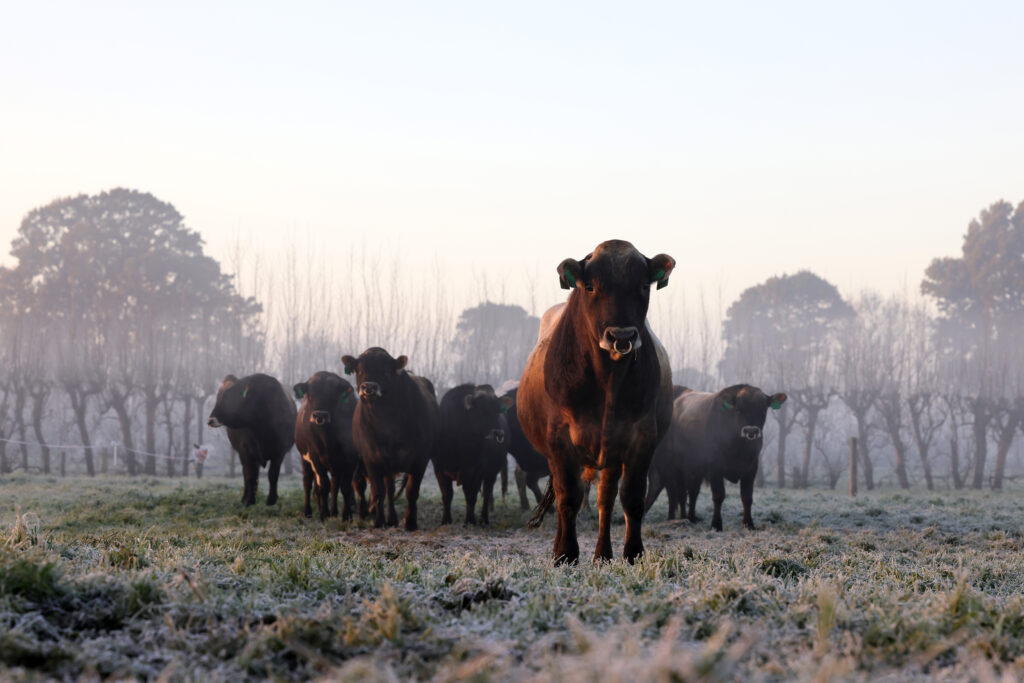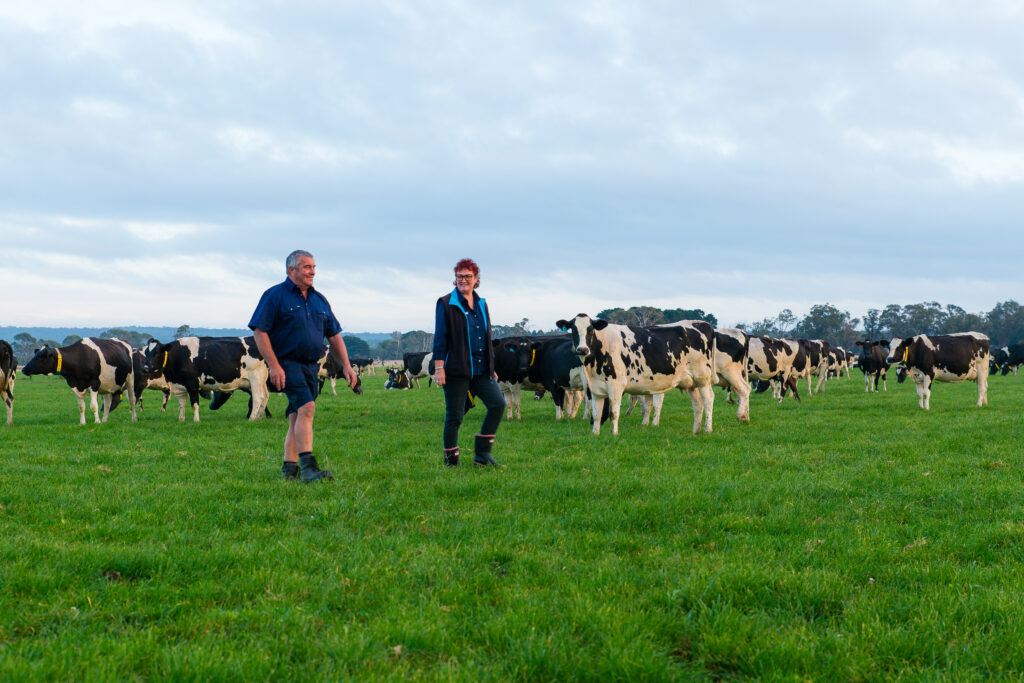Can I use aerosols and other pungent tail paints at the same time cows are being Inseminated?
Semen is very sensitive to many chemicals, including things considered safe for humans. In the LIC semen labs staff are not allowed to wear perfumes or some deodorants for this reason. Semen is also very sensitive to sunlight, smoke and chloride fumes (such as the ones given off by Chloride of Lime, which may be used as a dairy shed cleaner}. The effect will depend on the amount of exposure. Whilst exposure may be small because semen is still inside the straw, avoiding the use of aerosol spray at time of Al eliminates all possible effects. If this has to be done, do it after all cows have been inseminated for the day. Once semen is inside the cow, it is unlikely that aerosols will affect sperm survival. It is best practice that cows should not be tail-painted until the semen is safely in the cow. The same applies to glues used for heat detection aid application. This should not be an issue as it’s usually best to wait until the next milking to reapply her heat detection aids, otherwise they may become reactivated prematurely.
Do I need to trim the hair before I put a Scratch Patch or Heat Patch Plus (HPP) patch on, and how much do I take off? When should I do this?
It is not recommended that you trim hair before applying these aids, but do remove any loose hair, dirt or dust from the application site 24 hours prior to application. However, do not do this too vigorously to avoid oils coming to the surface and please refer to the enclosed user instructions. In extreme cases where the winter coat is still present then the excess hair may be removed.
My Heat Patch Plus (HPP) was eaten by my yearlings. What should I do?
The dye in UC HPP has a sweet taste to it and young stock can develop a liking to this. This behaviour should stop when they grow older, however you can purchase a spray from your local farm supply store or vets that is a foul-tasting, anti-biting spray that you can apply over the aid.
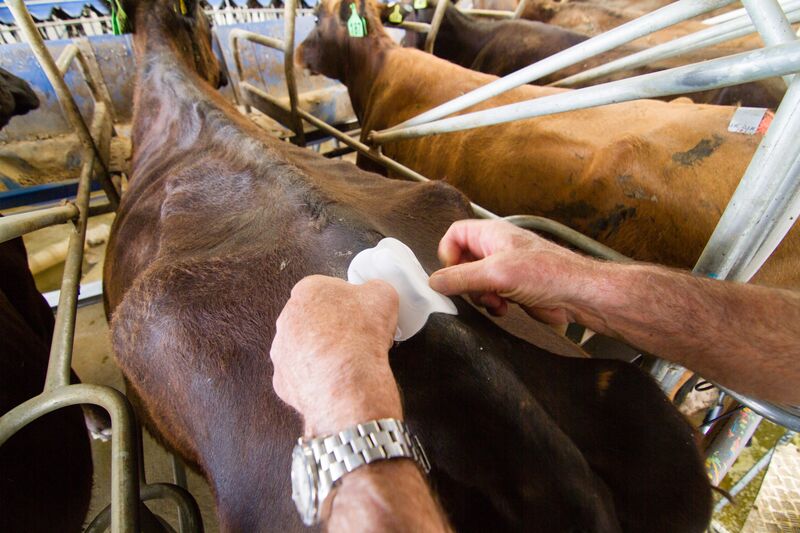
Should I reapply tail paint or heat detection aids straight after/ during insemination, or should I wait until the next milking?
Fumes can kill semen, so don’t tail paint while there are loaded pipettes not yet inseminated. As long as the Al session is complete, cows can be tail painted, but you may need to retouch the paint on the girls still riding the next day. An alternative is to do them later in the day or the next day – whichever works best for you. Heat detection aids will need to be applied once the cow is fully off heat.
Why do I have cows with tail paint rubbed off, but the Heat Patch Plus (HPP) has not been activated?
Tail paint can wear off for a number of reasons and early disappearance may simply be due to poor application or maintenance. It is possible for a cow to be on heat without both aids being activated, so either way further investigation is warranted. Look for other signs of heat. Draft her out (the sexually active group drafted for mating may help with identifying whether she is on heat}. Check the position of the H PP and the condition of the tail paint when making a decision. If the HPP position is incorrect then it may pay to inseminate. If the HPP is in the correct position then look for other signs of heat carefully before inseminating, especially if she has been inseminated previously.
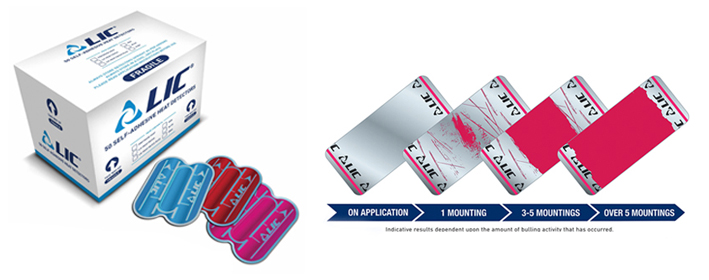
Which works the best: Heat Patch Plus (HPP) or Scratch Patch?
Both are good and it realty comes down to individual farmer preference. The mechanisms of the two devices are different with one being pressure activated and the other friction activated. UC HPP patches have a built-in mechanism that requires a firm standing mount of at least 3 seconds to activate, and give a clear indication when this has occurred. Scratch Patch’s are a friction activated aid which can add another level of interpretation due to the friction occurring over multiple mounts. With any aid success depends on correct application, maintenance and interpretation. Practice in the pre-mating heat period to ensure you are familiar with the aid you choose to use and make sure your staff are all fully trained.
Scientific references can be made available on request.
